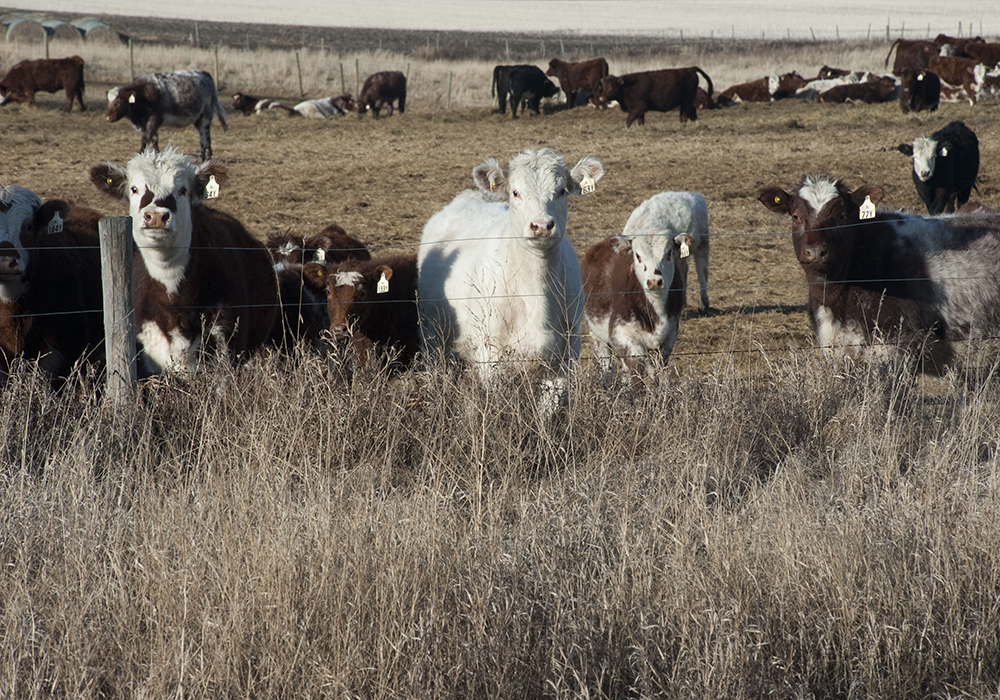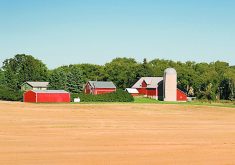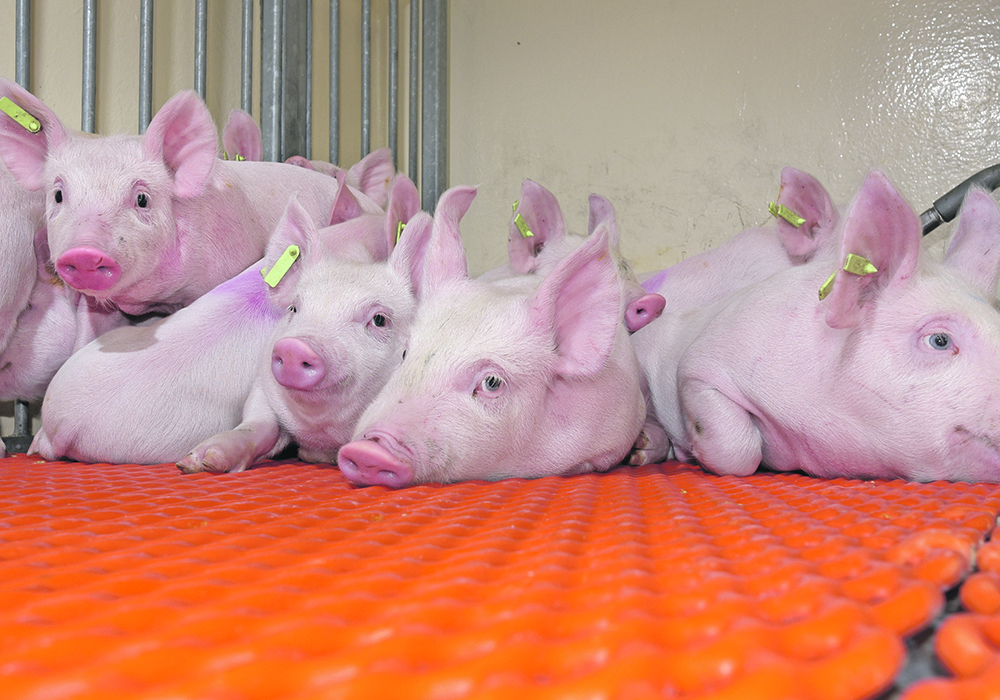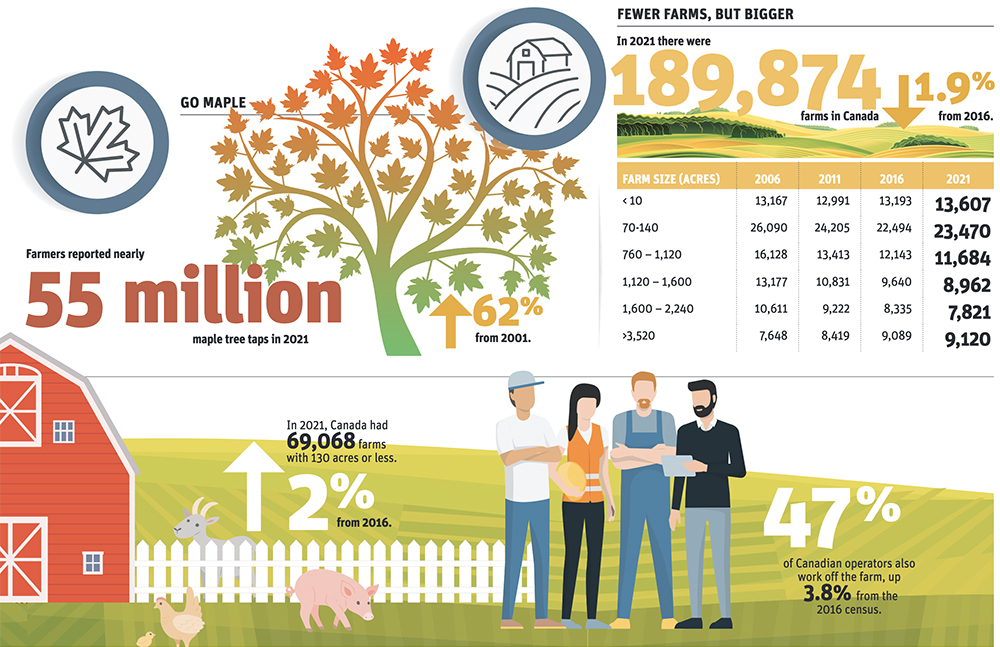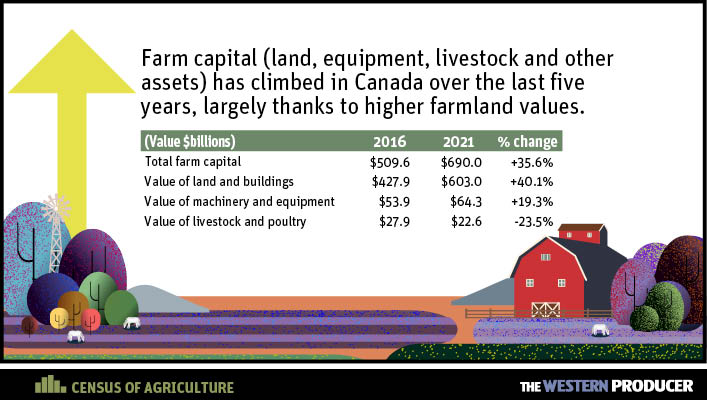Total Canadian beef cow inventories have risen while heifer numbers for slaughter as well as beef and dairy herd replacement numbers continue to decrease, according to the latest data release from the Statistics Canada 2021 agricultural census.
Total beef cow inventories rose in 2021 for the first time in the last decade, rising slightly by more than one percent to more than 3.7 million, although still lower than 4.2 million recorded in 2011.
While beef and dairy heifer replacement numbers reflect a continuation of the trend from the 2016 census, the rate of the decline has slowed while the total numbers of cattle in all categories showing a slight rise of just under one percent.
Read Also

Using artificial intelligence in agriculture starts with the right data
Good data is critical as the agriculture sector increasingly adopts new AI technology to drive efficiency, sustainability and trust across all levels of the value chain.
Feeder heifers saw the biggest decline in the cattle numbers with a nearly three percent decline since 2016 and dropping in the last decade from a total of 1.1 million in 2011 to a little more than 877,000 in 2021.
The largest increase in cattle inventories is in dairy cows, reversing a decline recorded in 2016 to surpass 2011 numbers with a 4.4 percent increase in 2021. Dairy cow inventories have gone from more than 961,000 a decade ago, dropping by more than 20,000 in 2016 before rebounding to more than 980,000 in 2021.
Following a rebound in 2016, beef replacement heifer numbers have dipped slightly in 2021, declining by less than half a percent.
Steer numbers are continuing their decade-long increase, rising from 1.5 million in 2011 to more than 1.6 million in 2021.
Calves younger than a year have remained stable with no appreciative change from 2016 and down slightly from 2011.
Total cattle and calve numbers across all beef and dairy categories have risen from 2016 by just less than one percent to 12.6 million, down by more than 100,000 from 2011.
Contact alex.mccuaig@producer.com


